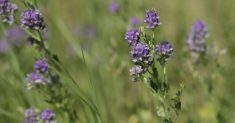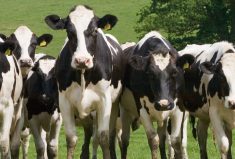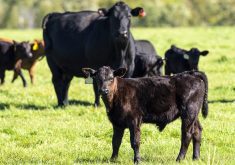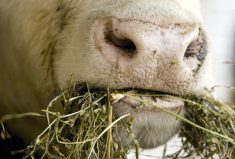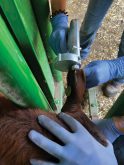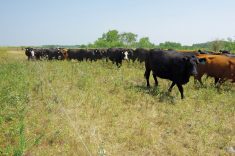“If we have our soils conditioned to where
they have increased organic matter,
increased water storage and increased
infiltration, that may be very important
in the future.”
– LINDSAY COULTHARD
Asoaker of a summer has left farmers with one more reason to love alfalfa.
An unforeseen benefit has surfaced at the Manitoba Zero Tillage Research Association farm since the nitrogen-fixing legume was added to the rotations in 2001.
Read Also
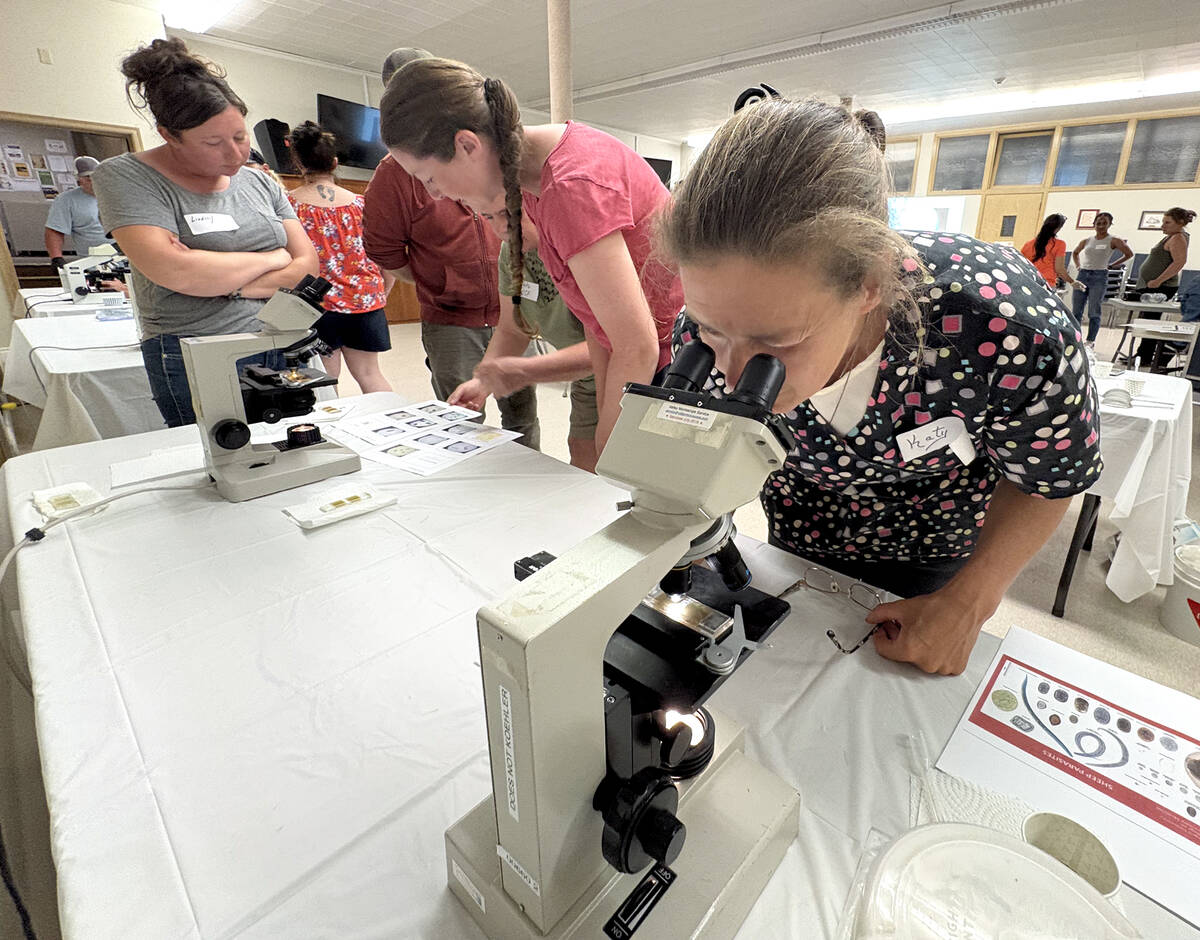
Smart deworming for sheep starts with individual fecal egg counts
Fecal egg count tests are one step to managing dewormer resistance and managing sheep parasites on Canadian sheep farms to maintain flock health.
“We see some huge benefits, with our water run-off much reduced from this system,” said MZTRA farm manager Lindsay Coulthard, as he gave an overview of the farm’s experiences with the crop.
“We have better water management. We’re taking up more of the water from the ground, and we’re leaving that open to recharge during the annual cropping system.”
DELUGED
A few weeks ago, when a deluge of heavy rains swept through the area, some standing water was observed in the fields, but it was much less than what Coulthard had seen in 2003 when he first began working at the farm.
“Prior to having alfalfa in the system, we would have had standing water on over one-third of these acres. Now, we haven’t seen 10 per cent of our acres with standing water,” he said.
The reason, he said, is because the plant’s deep roots open a path for water to drain into the soil instead of running off over the surface.
Sri Ranjan, a researcher with the University of Manitoba, has established monitoring stations at the farm to examine the effect of water retention on established alfalfa stands, areas where alfalfa has been taken out for three years, and pure annual cropping fields.
In a couple of years, the data will be examined to gauge the effect alfalfa has on water infiltration, especially during spring run-off. Past studies have shown significant advantages in terms of water use efficiency, he added.
“If we can store that water that comes during the winter on the farm instead of it going down the creek, it’s going to be part of the system,” he said. “Then we can use that water later on in the season.”
CLIMATE CHANGE MITIGATION
Some people may see the effects of climate change happening now, while others think it’s still on the distant horizon. But learning how to mitigate the threat of longer, more extreme droughts through the summer and fall, and more snowfall and wetter springs is worth the effort the farm has invested in collecting data, he added.
“If we have our soils conditioned to where they have increased organic matter, increased water storage and increased infiltration, that may be very important in the future,” he said. “We want to be able to store that water so that it is available for the crop later on in the season.”
During the tour, MZTRA staff distributed a preliminary economic performance assessment from 2002-07 that looked at the economics, nonrenewable energy efficiency, and greenhouse gas emissions of mixed crop and grazing systems with low-input use.
KEY COMPONENT
Alfalfa was a key component in the study, which aimed to reduce energy and nitrogen fertilizer use by 30 per cent, cut pesticide dependence in half, while at the same time maintaining or increasing production.
Other goals of the system that was designed to work in all years, regardless of moisture conditions, included reducing dependence on glyphosate as the basis for no-till production, and cutting back on chemical control of wild oats to two out of every three years.
In the first six years, the net returns were similar for the annual cropping rotation and the one that included alfalfa.
The numbers for the past three years have not been crunched, but Coulthard believes that they are likely to favour the alfalfa-based cropping system.
“Some will tell you that it’s difficult to get alfalfa established, but in the system we’re working with we’ve had very good – maybe luck – but we’ve had good success,” he said, adding that if the cost of alfalfa seed is spread out over three years of production, it’s no higher than for wheat or flax.
Coulthard added that the MZTRA farm’s work in incorporating livestock with crops has attracted the attention of the United Nations’ Food and Agriculture Organization (FAO), which saw merits in the system for making food production more sustainable in both the developed world and developing countries. [email protected]






